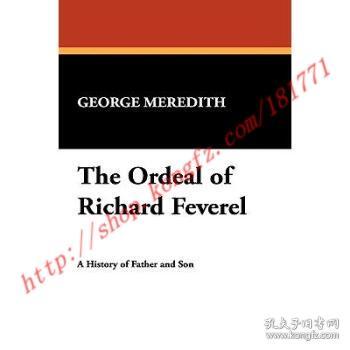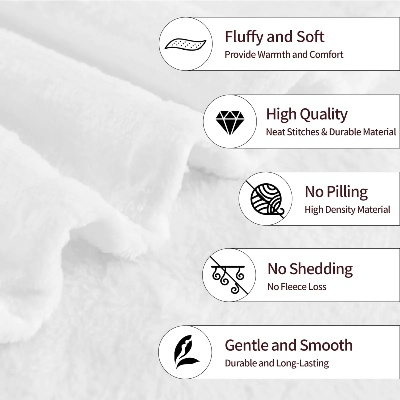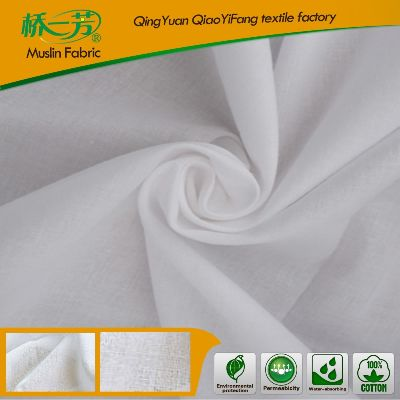The Characteristics of Dunhuang Textile Artifacts
Dunhuang, a UNESCO World Heritage Site in Western China, is renowned for its rich cultural heritage, including textile artifacts. These artifacts, found in the Dunhuang Caves, date back to the Tang and Song Dynasties, reflecting the high level of craftsmanship and artistic expression of the time. The textiles are primarily silk, but also include cotton, wool, and other natural fibers, with a variety of patterns and designs that depict scenes from Buddhist scriptures, mythological figures, and everyday life. The techniques employed in their creation include weaving, embroidery, and dyeing, which showcase the skill of the artisans. Despite their antiquity, these textiles remain significant as they offer insights into the daily lives and cultural practices of the people who created them.
Introduction: Dunhuang, an ancient Chinese city located in Gansu province, is renowned for its rich cultural heritage, including the famous Dunhuang Mogao Caves. Among these treasures, the textile artifacts are notably significant. This article will explore the distinctive features of Dunhuang textile art and provide an insight into how these materials have been preserved through centuries of history.
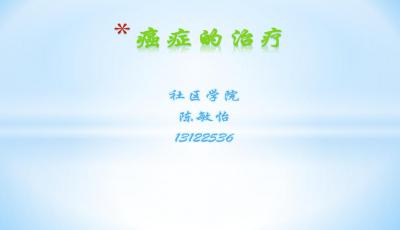
-
Diverse Types of Textiles The textiles from Dunhuang include silk, cotton, wool, and other natural fibers. These materials were used extensively in daily life, religious ceremonies, and as decorative elements. For example, silk was highly valued for its softness and durability, while cotton was preferred for its breathability and comfort. Wool was used for its warmth and insulation properties.
-
High-Quality Craftsmanship The craftsmanship of the textiles from Dunhuang is exceptional. Each piece is meticulously woven or knitted, with intricate designs and patterns that reflect the artistic skills of the artisans. The use of gold, silver, and precious stones adds a touch of luxury to these textiles. For instance, one can see examples of exquisite silk brocades, intricately woven tapestries, and delicate embroidered garments.
-
Preservation Techniques The preservation of textile artifacts from Dunhuang is remarkable. Many of the textiles are still intact due to the dry climate and limited human activity in the caves. However, some have suffered damage over time due to factors such as exposure to sunlight, moisture, and pests. To maintain their integrity, experts have developed various conservation techniques, such as vacuuming, cleaning, and repairing. For example, a damaged silk robe has been restored by removing the damaged parts and replacing them with new ones made from the same material.
-
Historical Significance The textiles from Dunhuang hold immense historical significance. They provide insights into the lifestyles and beliefs of the people who lived in the region during the Tang Dynasty (618-907 AD). For example, the use of red in textiles symbolizes good luck and prosperity, while the presence of geometric patterns reflects the influence of Buddhism on Chinese art. By studying these textiles, scholars can gain a better understanding of the culture and society of the past.
-
International Recognition Dunhuang's textile artifacts have gained international recognition and appreciation. In 2001, the World Heritage Site of Dunhuang was designated by UNESCO, recognizing its importance as a cultural heritage site. Today, many tourists visit Dunhuang to see these textiles up close, and they are often featured in exhibitions and publications around the world.
Case Study: The Silk Brocade from Dunhuang One of the most famous textile artifacts from Dunhuang is the silk brocade known as "The Red Robe." This robe was created by a master weaver named Xuanzang in the 7th century AD. The robe is estimated to be over 1,000 years old and is made up of over 10,000 square meters of silk fabric. It features intricate floral patterns and dragon motifs, which are believed to represent the power and strength of the Tang Dynasty. The robe is now housed at the National Museum of China in Beijing and is a testament to the skill and creativity of the ancient Chinese artisans.
Conclusion: In conclusion, the textile artifacts from Dunhuang are a testament to the rich cultural heritage of China. Their diverse types, high-quality craftsmanship, preservation techniques, historical significance, and international recognition make them an essential part of our global cultural legacy. As we continue to explore the world's cultural treasures, it is crucial to preserve and honor the works of those who came before us.

敦煌作为中国古代丝绸之路的重要节点,其纺织品文物具有独特的历史、艺术和科学价值,本文将围绕敦煌纺织品文物的特点展开讨论,并通过英文案例说明来进一步阐述。
敦煌纺织品文物特点
历史背景 敦煌纺织品文物主要源于古代丝绸之路贸易,反映了当时的社会经济、文化交流和工艺水平,这些文物不仅具有极高的历史价值,还见证了古代丝绸之路的繁荣与衰落。
(表格一)敦煌纺织品文物特点概览
| 特点 | 描述 |
|---|---|
| 材质多样 | 包括丝、麻、棉等多种天然纤维,以及各种织物工艺品 |
| 工艺精湛 | 体现了古代丝织技术的精湛和独特性,如织锦、刺绣等 |
| 图案丰富 | 反映了古代丝绸之路上的多元文化,包括佛教、儒家等文化元素 |
| 色彩鲜艳 | 多采用鲜艳的颜色,如红色、金色、蓝色等,具有很高的艺术价值 |
英文案例说明 (案例一)敦煌丝织品文物展示 敦煌的丝织品文物以精美的图案和细腻的工艺著称,一件出土的丝绸衣物上绣有精美的图案,色彩鲜艳,体现了古代丝绸织造技术的精湛和独特性,这些丝织品文物还反映了古代丝绸之路上的贸易和文化交流,展示了古代丝绸之路的繁荣与衰落。
(案例二)敦煌织锦文物介绍 敦煌的织锦文物是一种独特的艺术品形式,这些织锦文物通常采用复杂的图案和精湛的织造工艺,展现了古代人们对美的追求和对生活的热爱,一件出土的织锦作品采用了多种颜色和图案,展现了丰富的文化内涵和艺术价值。
敦煌纺织品文物案例分析
-
丝绸织物工艺品 丝绸织物工艺品是敦煌纺织品文物的代表之一,这些工艺品采用了多种天然纤维和独特的织造工艺,展现了古代丝绸织造技术的精湛和独特性,一件出土的丝绸衣物采用了精美的图案和细腻的工艺,色彩鲜艳,体现了古代丝绸织造技术的精湛和艺术价值,这些丝绸织物工艺品还具有很高的收藏价值和文化价值。
-
织锦文物案例分析 织锦文物是敦煌纺织品文物的另一个重要代表,这些织锦文物采用了复杂的图案和精湛的织造工艺,展现了古代人们对美的追求和对生活的热爱,一件出土的织锦作品采用了佛教、儒家等文化元素,反映了古代丝绸之路上的多元文化交流,这些织锦文物还具有很高的历史价值和文化价值。
敦煌纺织品文物具有独特的历史、艺术和科学价值,通过英文案例说明,我们可以更好地了解敦煌纺织品文物的特点和价值,在今后的研究和保护工作中,我们应该更加重视敦煌纺织品文物的保护和研究工作,让这些珍贵的文化遗产得以传承和发展。
Articles related to the knowledge points of this article:
The Ugandan Textile Market A Global Perspective and Regional Insights
Export Tax Rates in Korea A Guide to Ensure Compliance and Maximize Profits
An Extensive Guide to Printed Textiles:Types,Uses,and Case Studies
